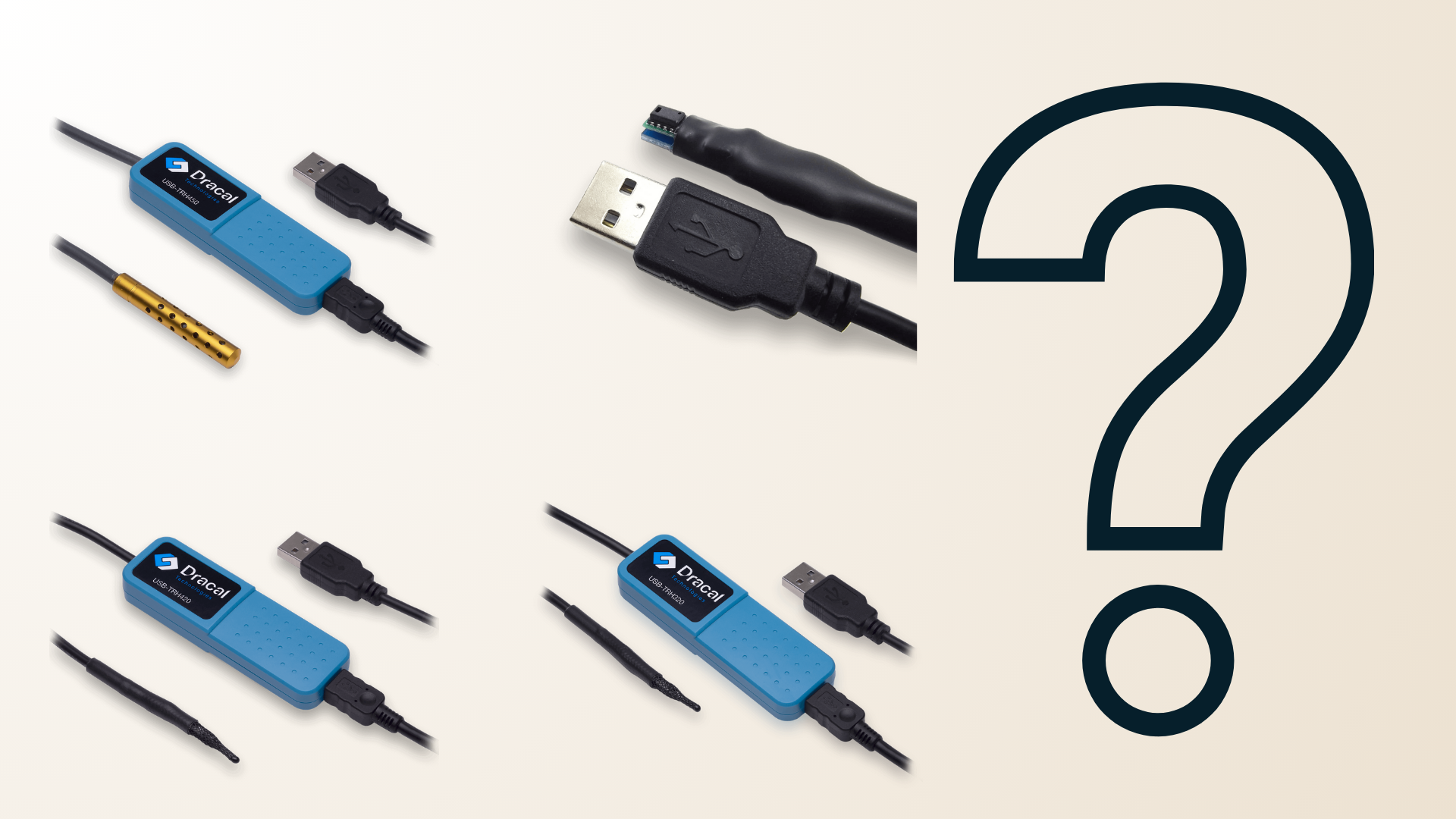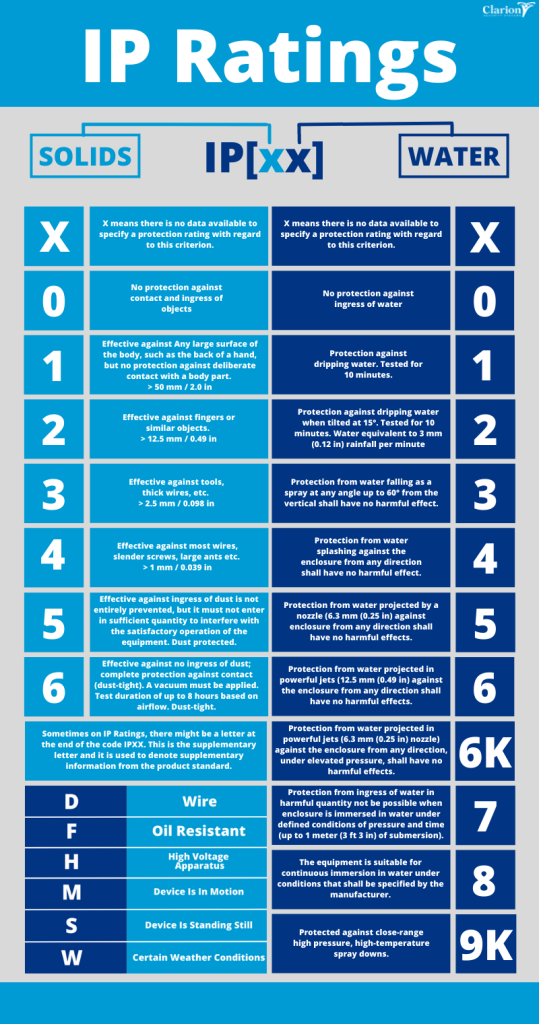7 Questions about USB Temperature and Relative Humidity (TRH) Sensors

Here are the most frequently asked questions about the TRH series, our instruments for measuring temperature and relative humidity.
- 1- Can the probes be submerged in water?
- 2- The cable and housing temperature range is from 0°C to 70°C. Can I use the instrument within the operating range of the probe?
- 3- My relative humidity reading is higher than 100% RH. What could be the issue?
- 4- Is the individual calibration of the measuring instruments done at the Dracal factory?
- 5- Can I obtain a STEP/CAD file of the TRH I purchased to know its dimensions?
- 6- Why is the temperature reading more sensitive in the TRH450 compared to the sensor on a demonstration board?
- 7- Can the device measure at a frequency of 1 Hz (1 data per second)?
1- Can the probes be submerged in water?
No, these instruments are designed for measuring air parameters. While the probes can tolerate 100% RH (Relative Humidity), they may stop functioning if water comes into direct contact with the sensor. In such cases, you should dry it out, preferably by heating the instrument to 60°C with a stream of air. Once dry, it should work again.
All our TRH sensors have an IP rating (Ingress Protection rating) of 51, which provides protection against dust and water droplets for a short period.

Source: https://clarionuk.com/resources/ip-ratings/
2- The cable and housing temperature range is from 0°C to 70°C. Can I use the instrument within the operating range of the probe?
|
Product |
Temperature range |
Temperature accuracy |
Humidity accuracy |
Notes |
|
-40°C to 70°C |
±0.1°C |
±2.0 %RH |
Exposed sensor |
|
|
-40°C to 70°C |
±0.3°C |
±2.0 %RH |
Basic |
|
|
-40°C to 70°C |
±0.1°C |
±1.5 %RH |
More precise |
|
|
-40°C to 125°C |
±0.1°C |
±1.5 %RH |
Better protection |
The cable and housing are not designed for temperatures below 0°C. However, all components are compatible with temperatures ranging from -40°C to 85°C. We recommend securely fixing the measuring instrument and avoiding bending the cable if you intend to take measurements below 0°C.
Regarding the aluminum probe with silicone-covered wire (TRH450), it is preferable to place only the probe in an environment exceeding 70°C.
3- My relative humidity reading is higher than 100% RH. What could be the issue?
The first question to ask is whether you have performed relative humidity calibration. If so, here's a simple procedure to test before contacting us:
- In DracalView, go to the Sources tab and enter ["channel identifier"_nc] as the formula for a mathematical channel.
- In the GraphView tab, check if the reading of this formula is corrected.
- In the Sources tab, click the Calibrate button, then check the Disable calibration box.
- In the GraphView tab, check if the reading of the relative humidity channel is corrected.
- If so, we recommend removing the calibration points by clicking the red X next to each one.
4- Is the individual calibration of the measuring instruments done at the Dracal factory?
At the Dracal production factory, a pass/fail type of testing is conducted during the production of the measuring instrument. Additionally, the component manufacturer carries out individual calibration at their factory before being shipped to us. These calibrations are not ISO17025 certified, but if your industry does not require this standard, you can confidently use Dracal's USB sensors upon receiving them.
5- Can I obtain a STEP/CAD file of the TRH I purchased to know its dimensions?
We do not provide this type of file, but all the housing dimensions are indicated in the product datasheet. The cable length is also specified: 1 meter.
6- Why is the temperature reading more sensitive in the TRH450 compared to the sensor on a demonstration board?
In reality, our sensor is installed on a tiny PCB (printed circuit board), which makes it more responsive because:
- There is less thermal mass.
- Air circulates more rapidly around the sensor.
The longer neck on the PCB reduces thermal corruption from the PCB.
7- Can the device measure at a frequency of 1 Hz (1 data per second)?
Yes, the TRH200 can easily generate data at a frequency of one per second, just like the other TRH sensors. However, the response time (t63%) of the TRH200 is smaller: 5 seconds compared to 8 seconds for the other TRH sensors.